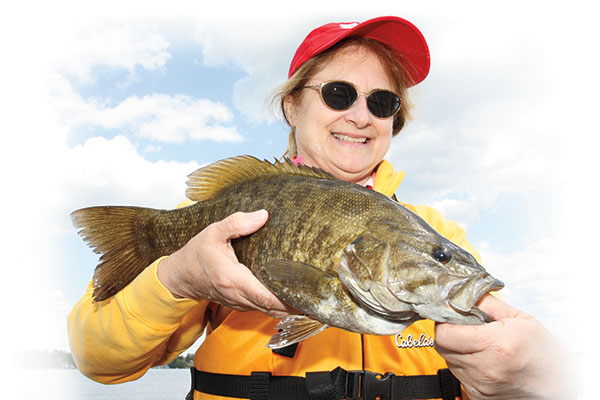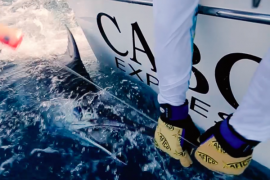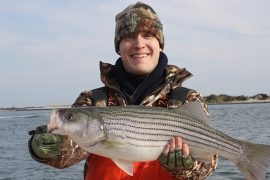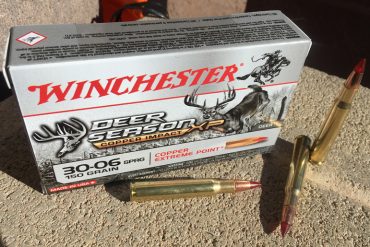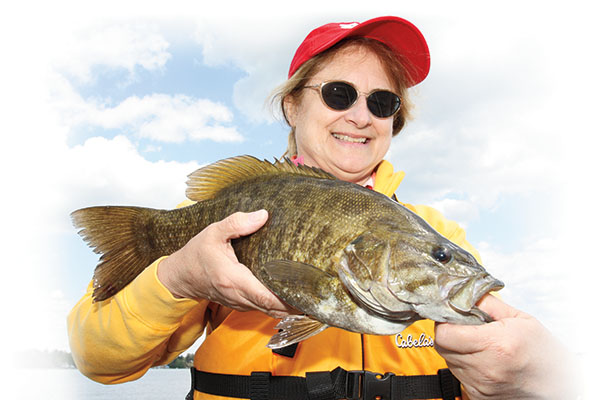
Make no mistake. I’m a life-long smallmouth addict! I’ve had opportunities to sample some of the best fisheries across the U.S. Yet the thrill of chasing these special fish isn’t diminished when I can’t cast a line on world-class water. If I must work a little harder to catch fish, it makes the reward that much sweeter.
Fortunately, the lures I use today for summer smallies on northern lakes are more effective than what we had 25 or 30 years ago. Incorporating presentation innovations into my repertoire has made summer fishing more enjoyable.
SHAKY WORM
When smallies answer the dinner bell, they often move shallower on points, closer to deep weedlines, onto shoals, or near the crest of mid-lake humps to feed on crayfish or bottom-hugging preyfish. A shaky-head worm hugs bottom, works through cover or in open areas, and imitates a variety of small prey. Little wonder it works so well.

It’s almost impossible to screw up a shaky-worm presentation. Thread a 4- to 6-inch worm onto a light jighead, cast it out, let it settle on the right type of bottom, and then do about anything you want with it. Drag it, hop it, shake it in place, or deadstick it. Usually the best move is to combine techniques in one retrieve. That’s the way my wife does it.
“Darl says a shaky head is perfect for me because I’m a nervous bundle of energy and need to be constantly dancing a jig. Like Taylor Swift says, ‘Shake, Shake, Shake’,” muses Marilyn Black.
“My usual shaky worm is the Lunker City Ribster,” she says. “Compared to thinner worms, the thicker, ribbed body of the Ribster offers more water displacement, one key in drawing attention from bass. But I don’t limit my choice to one worm. I experiment with different lures when action slows, including Senko-style baits. And I often choose a worm with a chartreuse or orange tail.
“The Jewel Squirrel Shakey Head is my favorite head. Its football shape with a horizontal line-tie close to the head reduces snags, and its fine-wire hook provides good penetration with light line. My shaky spinning outfit is rigged with 6-pound Gamma Edge fluorocarbon. I generally rig the worm with the hook point exposed. But when we fish around vegetation, the worm can be rigged texposed on this head, too.”
With shaky worms, Marilyn and I target gravel or scattered rocks on points, flats, or just beyond deep vegetation, as on well hard-bottom outcrops on mid-lake humps—places you expect smallies to forage on bottom-dwelling prey. On a relatively calm day, a 3/16-ounce head gets the job done—just enough weight to stay on bottom and provide a good sense of feel to depths of roughly 20 feet. Switching to 1/4-ounce may be necessary under breezy conditions or to probe deeper.
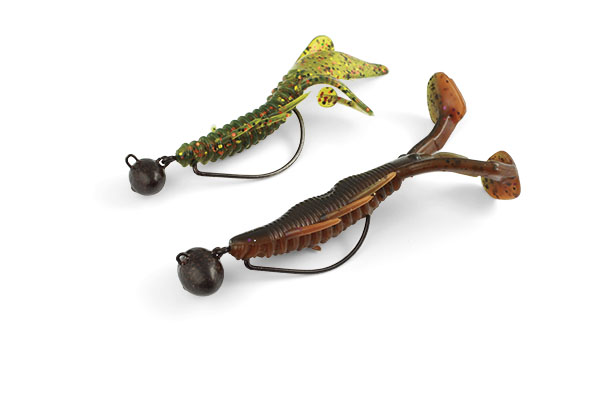
One of the most exciting smallmouth lures in recent years has been the hinged-head jig with a free-swinging hook. This concept was introduced by Gene Larew lures as the HardHead, designed by lure maker George Toalson.
“I came up with the idea while trying to figure out how to get more lively action out of a shaky-head,” explains Toalson. “I thought about how a football head rolls or kicks left or right every time it ticks something on the bottom, and got to thinking how much more action would be imparted to a lure if the hook had swiveling action. With a little tinkering, the Hardhead was born. You can fish a HardHead in the same areas you’d target with a shaky worm.”
Toalson designed the hinged head for use with a worm, but when pro angler Tommy Biffle put a Gene Larew Biffle Bug on the Hardhead, the combo became an instant hit. Anglers initially viewed it as a largemouth lure, but after Toalson took the HardHead north to Mille Lacs Lake, he realized it was a great a smallmouth lure, too.
“With a fixed hook molded in a jighead, the head restricts lure action. But the swing-hook design allows maximum action,” he says. “Every time the head bumps something, the soft body flops and bounces in every direction.” But he points out that you don’t fish the HardHead like a conventional jig, but rather more like a crankbait. “Keep the lure moving steadily but always maintaining bottom contact so the head is continually bumping obstacles. If you’re hanging up with the HardHead, you’re reeling too slowly. Don’t fish it with a stop-and-go cadence.”
…

